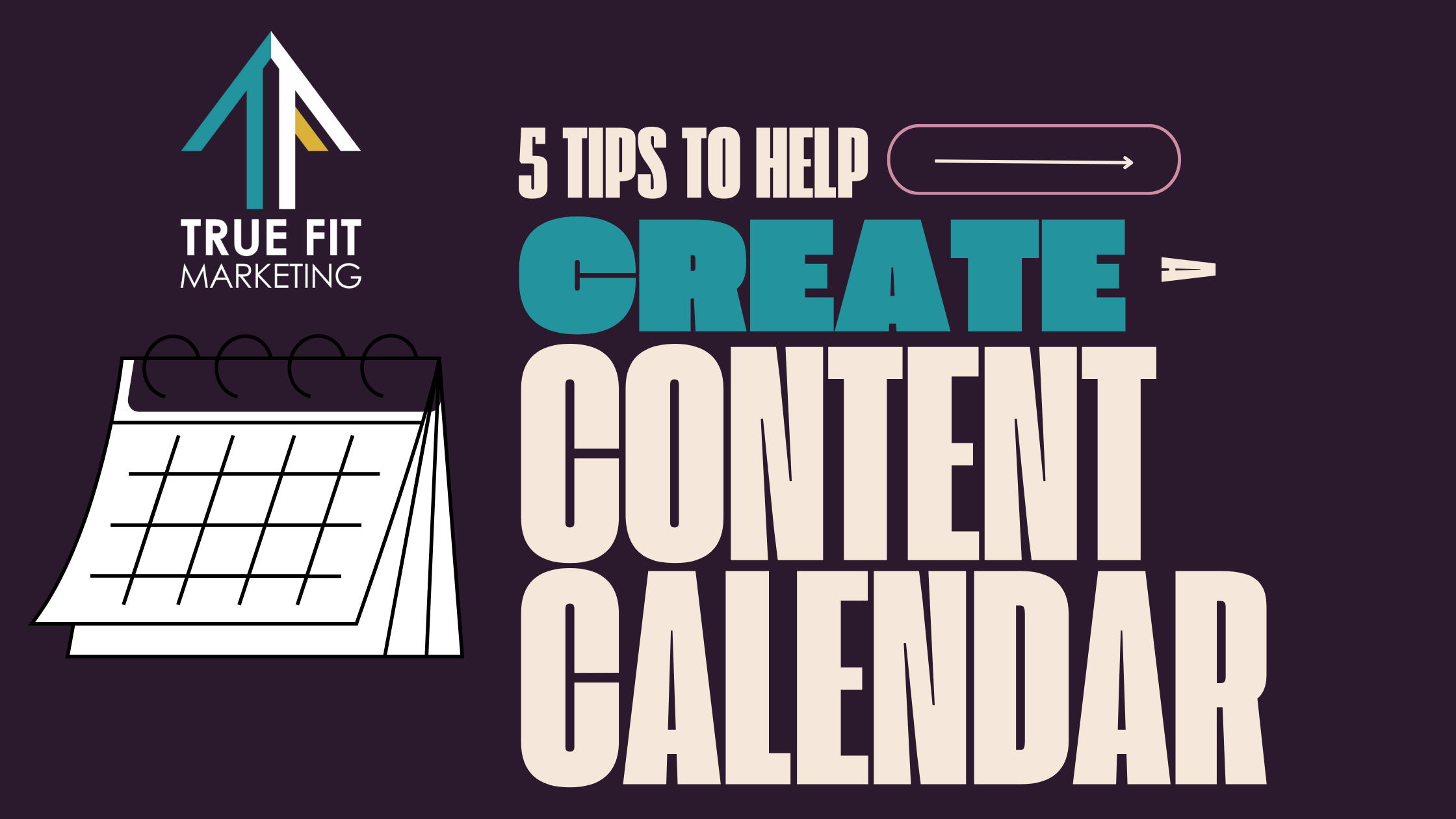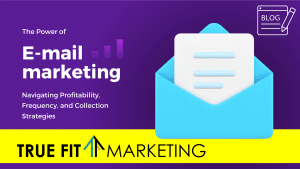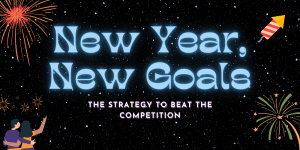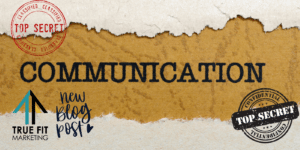
A content calendar is a critical tool for your digital presence and is essential for planning and distributing content on social media. Think of it as a blueprint that directs your online storytelling efforts across various platforms. While a content calendar provides structure, it’s also adaptable. This flexibility allows us to respond to current events, industry trends, and audience feedback, ensuring your brand remains relevant and dynamic.
Here are five tips for creating a content calendar for 2024 with your marketing team:
Align with Business Goals and Events: Start by understanding your marketing agency’s overarching goals and your business goals for 2024. Identify key business milestones, product launches, and events that are planned internally, and share them with your marketing team. Create thematic content around these significant initiatives, ensuring that your content enhances your overall marketing objectives. Also, consider which social media channels are best for each goal and event.
Consider Seasonality, Trends, and Business Specific Dates: Take into account the seasonality of your industry and the target audience’s behavior throughout the year. Certain times may be more opportune for specific types of content or promotions. Incorporate industry trends into your content calendar to stay relevant and engage with current audience interests. Share employee birthdays, promotions, good news, business anniversaries, and other relevant news.
Diversify Content Types: Plan a mix of content types to keep your audience engaged. Experiment with different content formats and distribution channels to see what resonates best with your audience. This diversity not only keeps your strategy fresh but also accommodates different preferences and consumption habits. And don’t forget to re-use the content that you have, just in a different way.
Establish a Consistent Posting Schedule: Consistency is key in content marketing. Establish a regular posting schedule that aligns with your audience’s behavior. Your marketing team can use scheduling tools to plan and automate posts, but remain flexible to capitalize on real-time opportunities or address emerging trends.
Integrate User-Generated Content and Feedback: Encourage user-generated content (UGC) to foster community engagement. Plan campaigns or activities that involve your audience in creating content, whether it’s through contests, challenges, or sharing their experiences. Monitor audience feedback and adjust your content strategy accordingly. Actively engage with your community to build a more dynamic and responsive content plan.
The Bottom Line
Remember to evaluate the performance of your content regularly and adjust your strategy as needed. Analytics and feedback should inform your ongoing content calendar refinement throughout the year, allowing you to continuously improve your strategy.
 Align with Business Goals and Events: Start by understanding your marketing agency’s overarching goals and your business goals for 2024. Identify key business milestones, product launches, and events that are planned internally, and share them with your marketing team. Create thematic content around these significant initiatives, ensuring that your content enhances your overall marketing objectives. Also, consider which social media channels are best for each goal and event.
Align with Business Goals and Events: Start by understanding your marketing agency’s overarching goals and your business goals for 2024. Identify key business milestones, product launches, and events that are planned internally, and share them with your marketing team. Create thematic content around these significant initiatives, ensuring that your content enhances your overall marketing objectives. Also, consider which social media channels are best for each goal and event. Consider Seasonality, Trends, and Business Specific Dates: Take into account the seasonality of your industry and the target audience’s behavior throughout the year. Certain times may be more opportune for specific types of content or promotions. Incorporate industry trends into your content calendar to stay relevant and engage with current audience interests. Share employee birthdays, promotions, good news, business anniversaries, and other relevant news.
Consider Seasonality, Trends, and Business Specific Dates: Take into account the seasonality of your industry and the target audience’s behavior throughout the year. Certain times may be more opportune for specific types of content or promotions. Incorporate industry trends into your content calendar to stay relevant and engage with current audience interests. Share employee birthdays, promotions, good news, business anniversaries, and other relevant news. Diversify Content Types: Plan a mix of content types to keep your audience engaged. Experiment with different content formats and distribution channels to see what resonates best with your audience. This diversity not only keeps your strategy fresh but also accommodates different preferences and consumption habits. And don’t forget to re-use the content that you have, just in a different way.
Diversify Content Types: Plan a mix of content types to keep your audience engaged. Experiment with different content formats and distribution channels to see what resonates best with your audience. This diversity not only keeps your strategy fresh but also accommodates different preferences and consumption habits. And don’t forget to re-use the content that you have, just in a different way. Establish a Consistent Posting Schedule: Consistency is key in content marketing. Establish a regular posting schedule that aligns with your audience’s behavior. Your marketing team can use scheduling tools to plan and automate posts, but remain flexible to capitalize on real-time opportunities or address emerging trends.
Establish a Consistent Posting Schedule: Consistency is key in content marketing. Establish a regular posting schedule that aligns with your audience’s behavior. Your marketing team can use scheduling tools to plan and automate posts, but remain flexible to capitalize on real-time opportunities or address emerging trends. Integrate User-Generated Content and Feedback: Encourage user-generated content (UGC) to foster community engagement. Plan campaigns or activities that involve your audience in creating content, whether it’s through contests, challenges, or sharing their experiences. Monitor audience feedback and adjust your content strategy accordingly. Actively engage with your community to build a more dynamic and responsive content plan.
Integrate User-Generated Content and Feedback: Encourage user-generated content (UGC) to foster community engagement. Plan campaigns or activities that involve your audience in creating content, whether it’s through contests, challenges, or sharing their experiences. Monitor audience feedback and adjust your content strategy accordingly. Actively engage with your community to build a more dynamic and responsive content plan.
















































